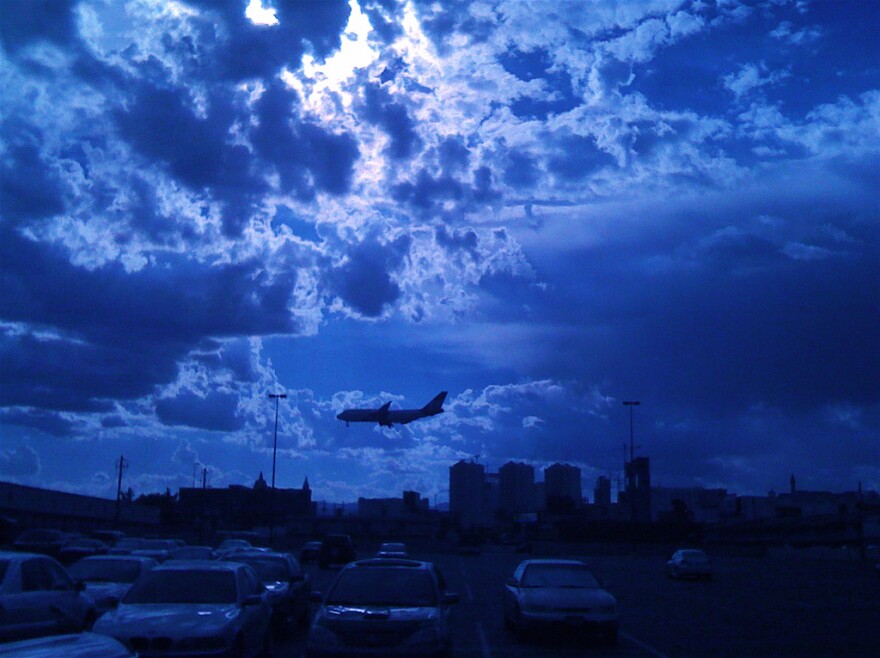The American Lung Association releases its State of the Air report every year, detailing the levels of particle air pollution and ozone in communities across the country.
This year's report came out this month. The results? Pollution levels, including particle pollution and ozone, went up. That's partially because the data in the report came from some of the hottest years ever recorded.
And cities in Nevada are not doing well: Nevada's two most populous counties, Clark and Washoe, got failing grades for the number of days where air pollution was at unhealthy levels.
Meanwhile, a new study from Harvard University links increased air pollution to higher death rates from COVID-19.
Will Barrett is Director of Advocacy and Clean Air for the American Lung Association of California – but he oversees efforts in Nevada, too.
“This year we saw in our report, unfortunately, the effects of extreme heat and increased wildfires driving up both ozone pollution and particle pollution in the state,” he told KNPR's State of Nevada.
Hot weather and emissions from cars create ozone, which is corrosive and damages people's lungs. So, rising temperatures from climate change are hurting efforts to clean up the air.
“Climate change impacts are no doubt having the effect of making it more common for unhealthy pollutants to form and counteracting all of the great progress we’ve seen in cleaning up the air,” Barrett said.
In addition to ozone, the study looked at particle pollution, which are the tiny microscope pieces of smoke, ash and diesel fuel. The tiny particles can pass through the lungs and into the bloodstream.
Barrett explained that as the number of wildfires has increased so has particle pollution.
“Across the western United States, we see major increases in unhealthy levels of particle pollution, on top of the everyday particle impacts caused by traffic and industry and other sources that we also have to be working on to clean up,” he said.
Obviously, the smoke from wildfires in California doesn't stay put. It moves across the West into Reno and Las Vegas.
While the study showed some troubling trends, Barrett noted that 50 years of the Clean Air Act has been working. The air is cleaner than it was when the American Lung Association first started its survey 21 years ago.
For instance, in some years, Las Vegas recorded 60 days of unhealthy ozone levels. The most recent survey showed 30 days, "which is a significant improvement but still far too many days when the air quality is a potential threat to public health," Barrett said.
Barrett is concerned that climate change combined with efforts by the Trump administration will make it harder to get to air clean enough for everyone.
“We’ve seen rollbacks recently of standards to reduce harmful pollution from vehicle tailpipes," he said. "We’ve seen efforts now that would allow for more harmful pollution from power plants and they’re also planning to stay with a national air quality standard for particle pollution that isn’t as health-protective as it needs to be.”
One of the biggest culprits is the transportation sector. Barrett would like to see more zero-emission modes of transportation to address both air pollution and climate change.
“We just need to know that as our climate changes, as our reality of climate change sets in, we know we need to do more to clean up the air, and potentially, to achieve the same levels of benefit. We might just have to work harder to do it.”
Will Barrett, Director of Advocacy and Clean Air, American Lung Association of California








